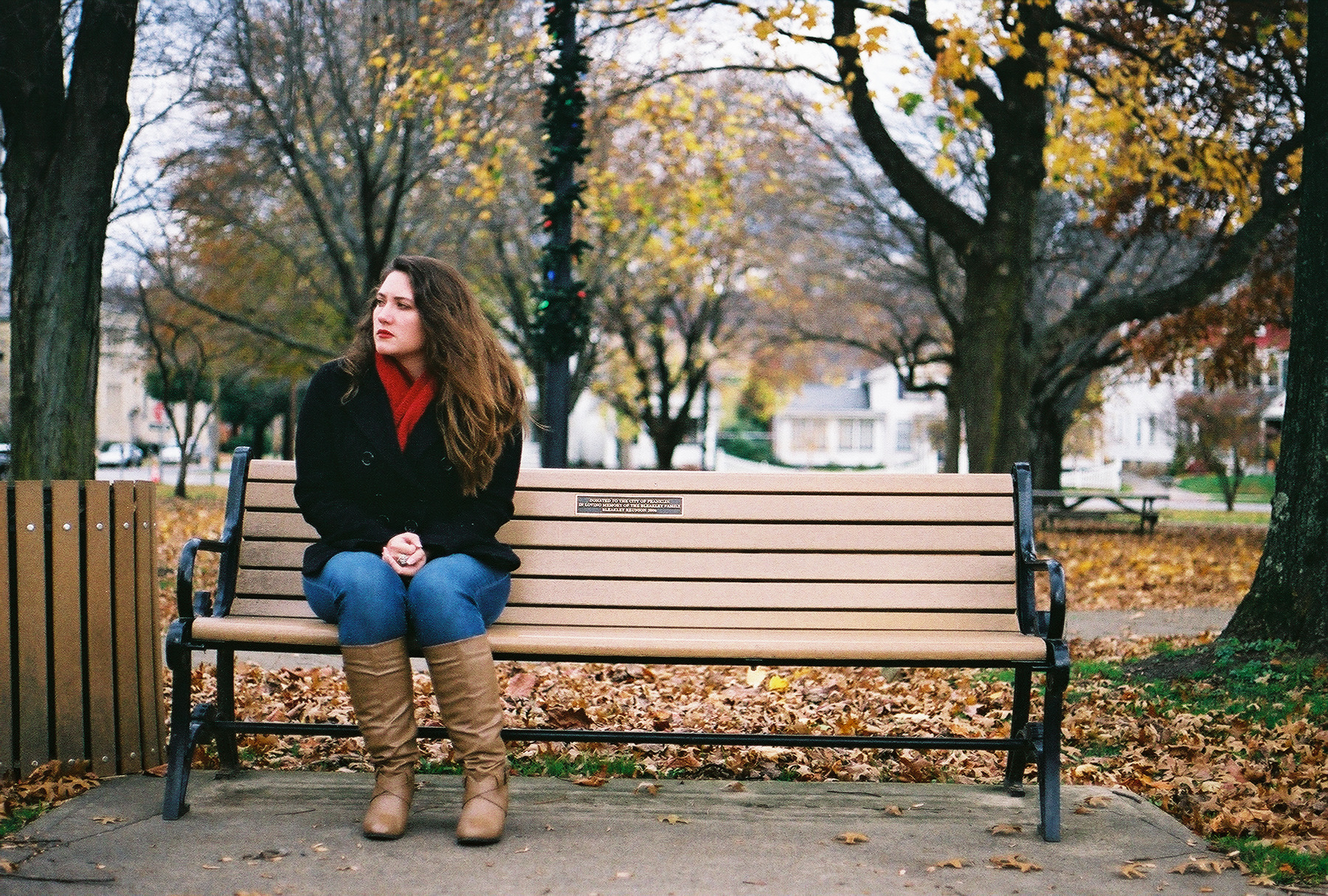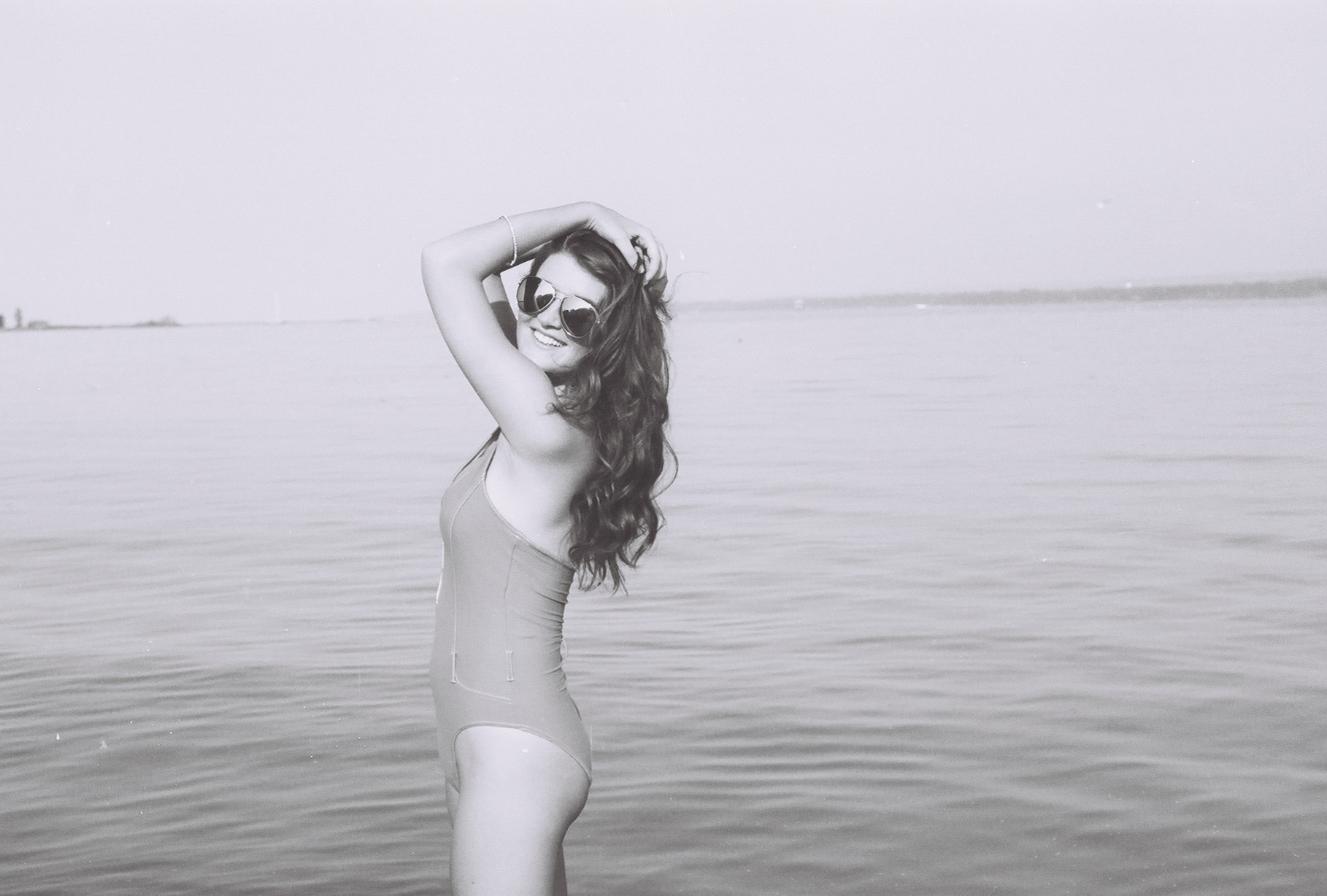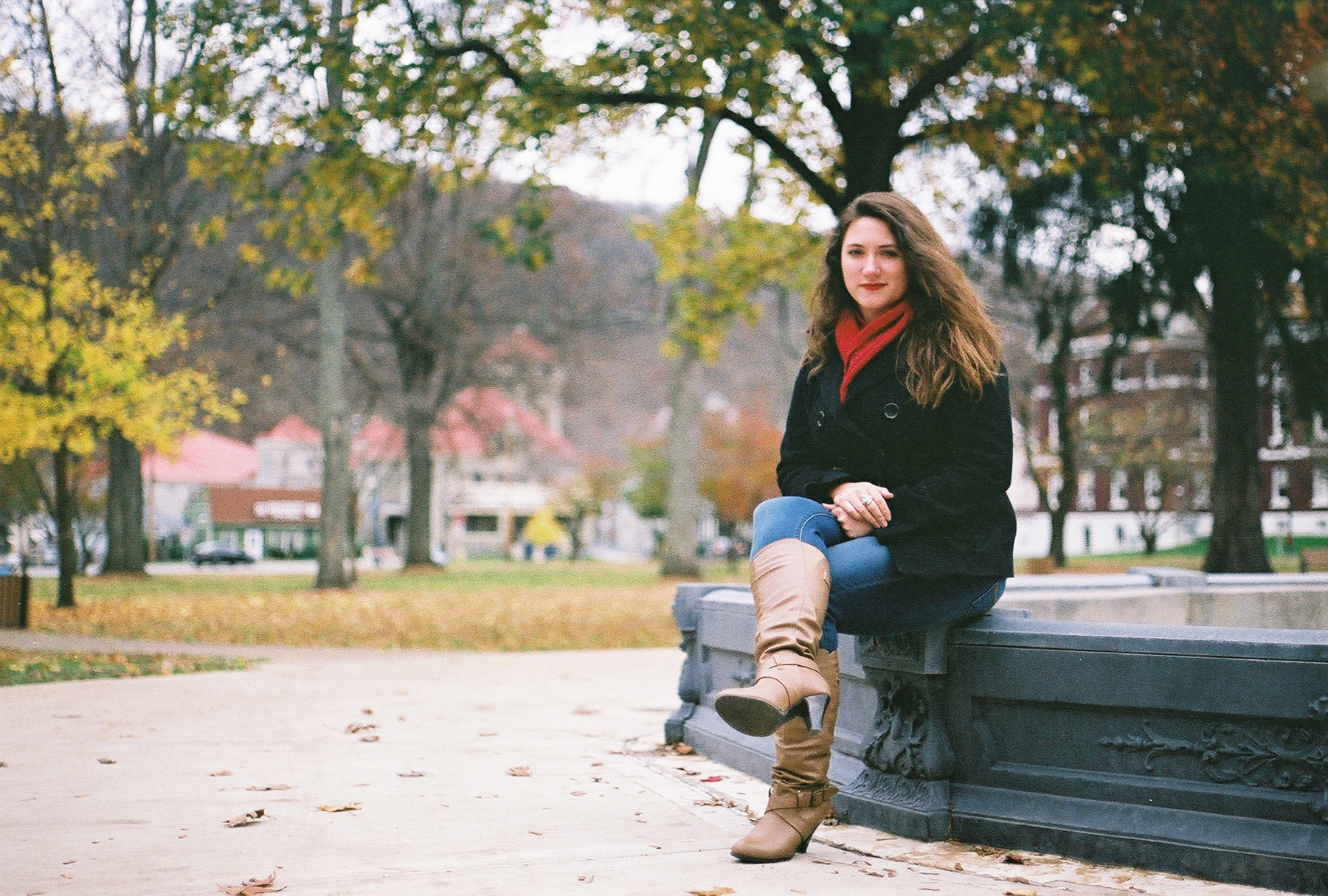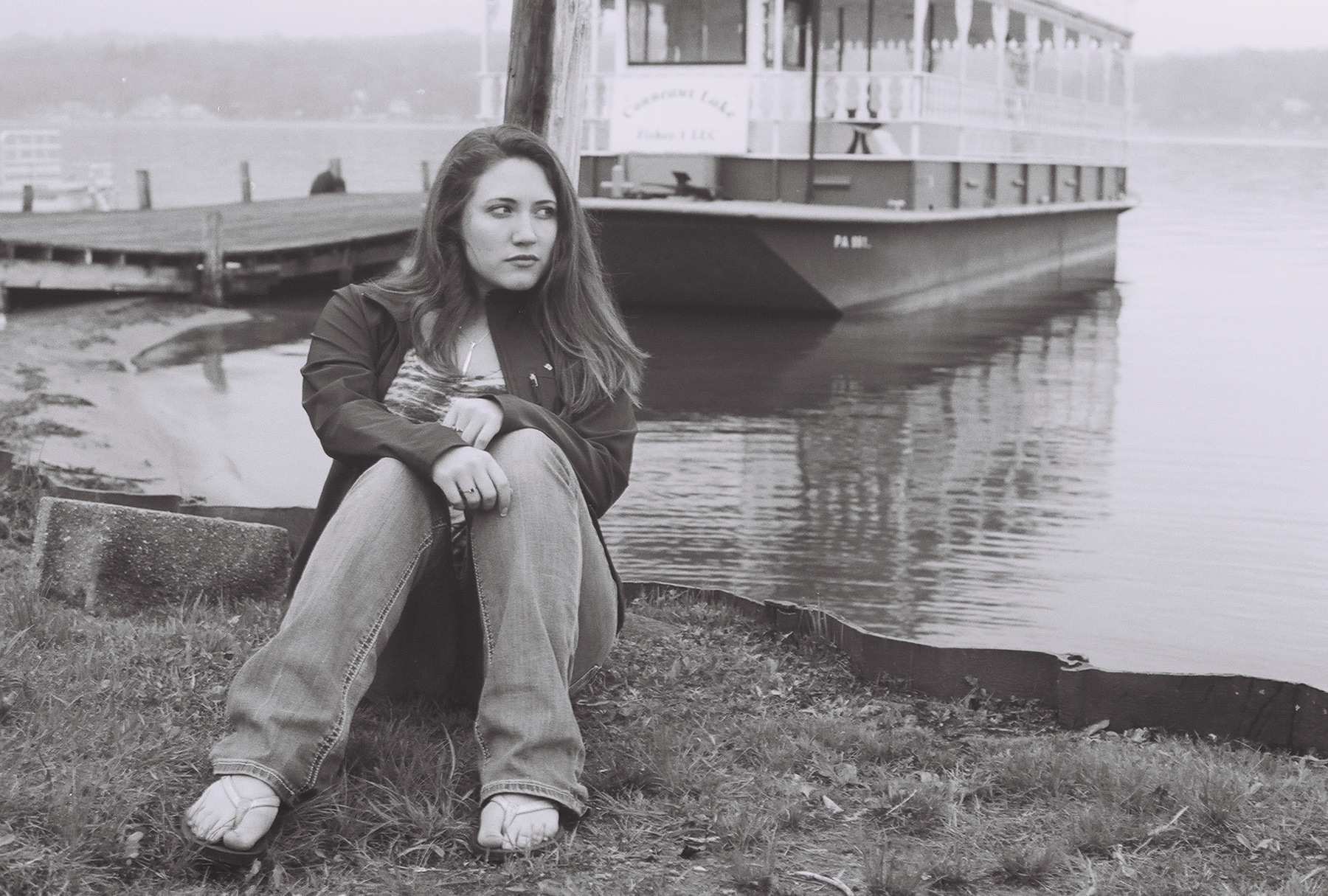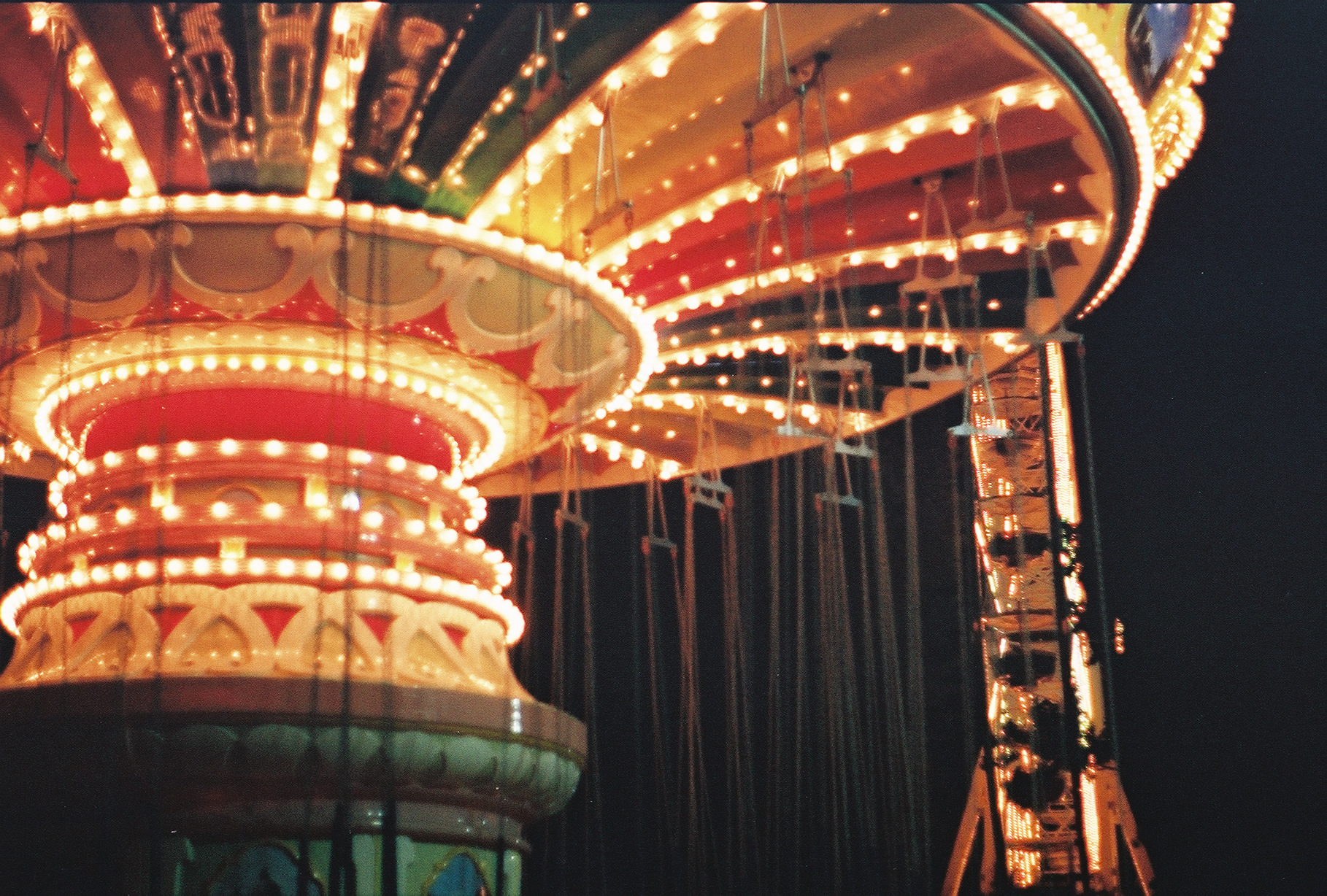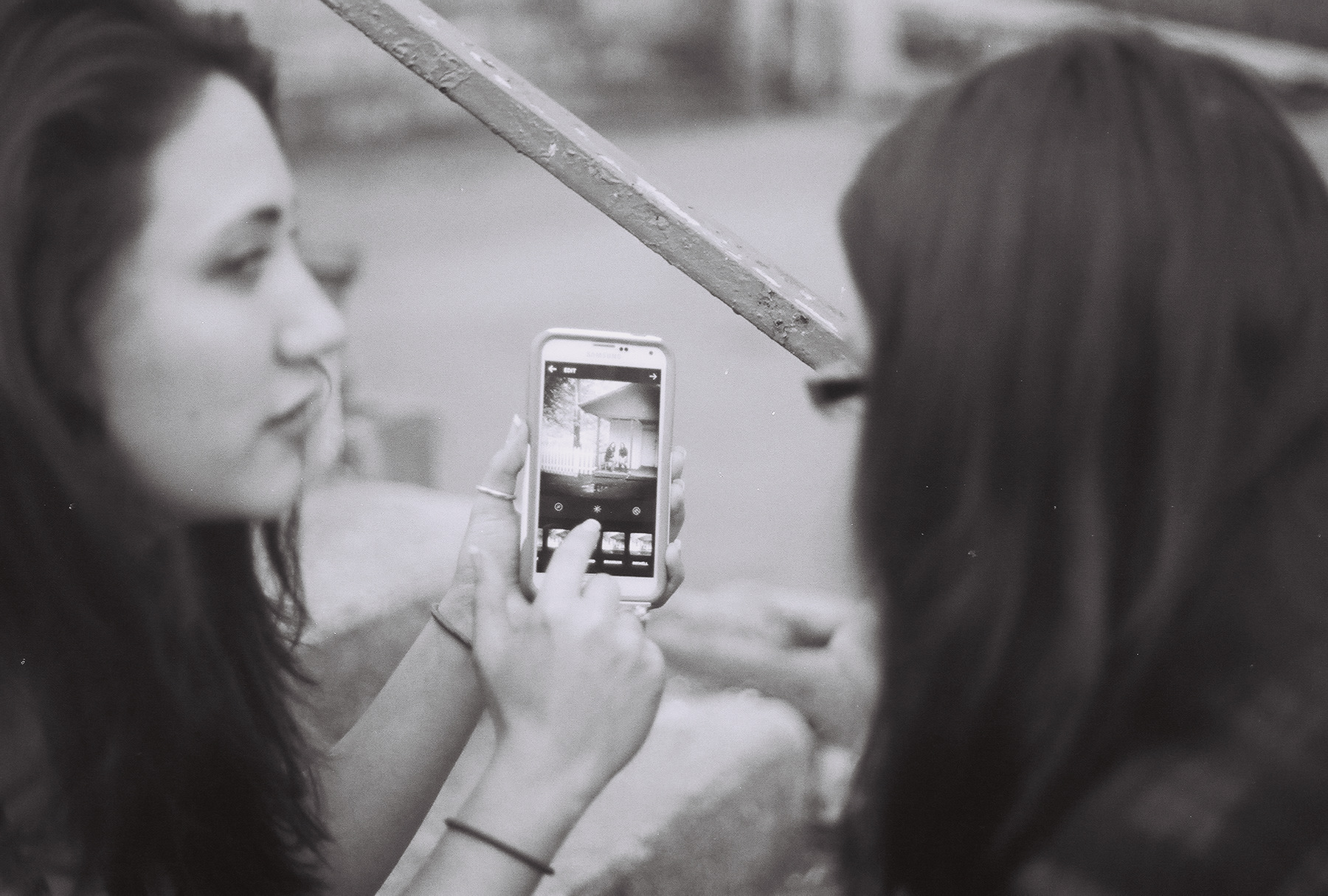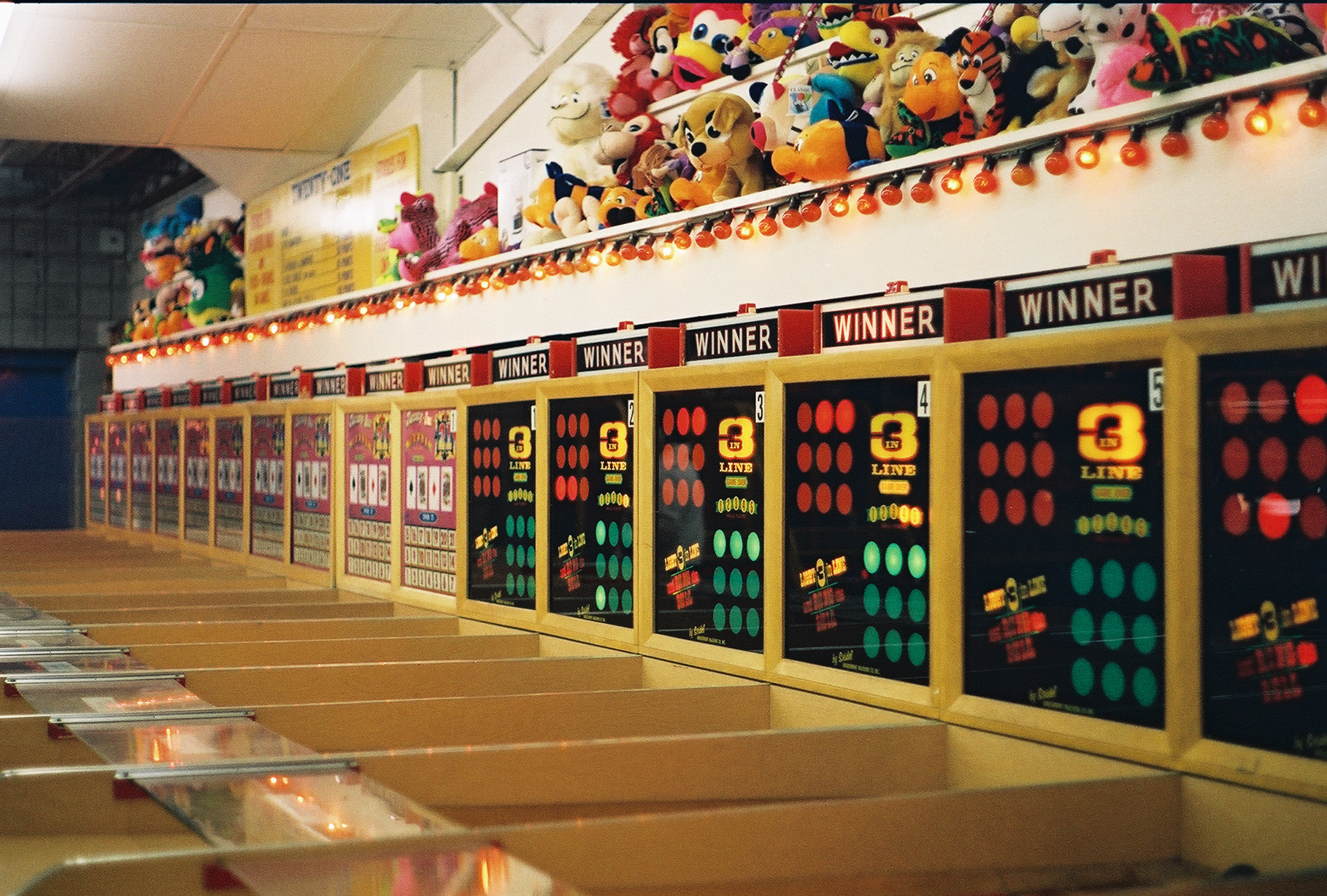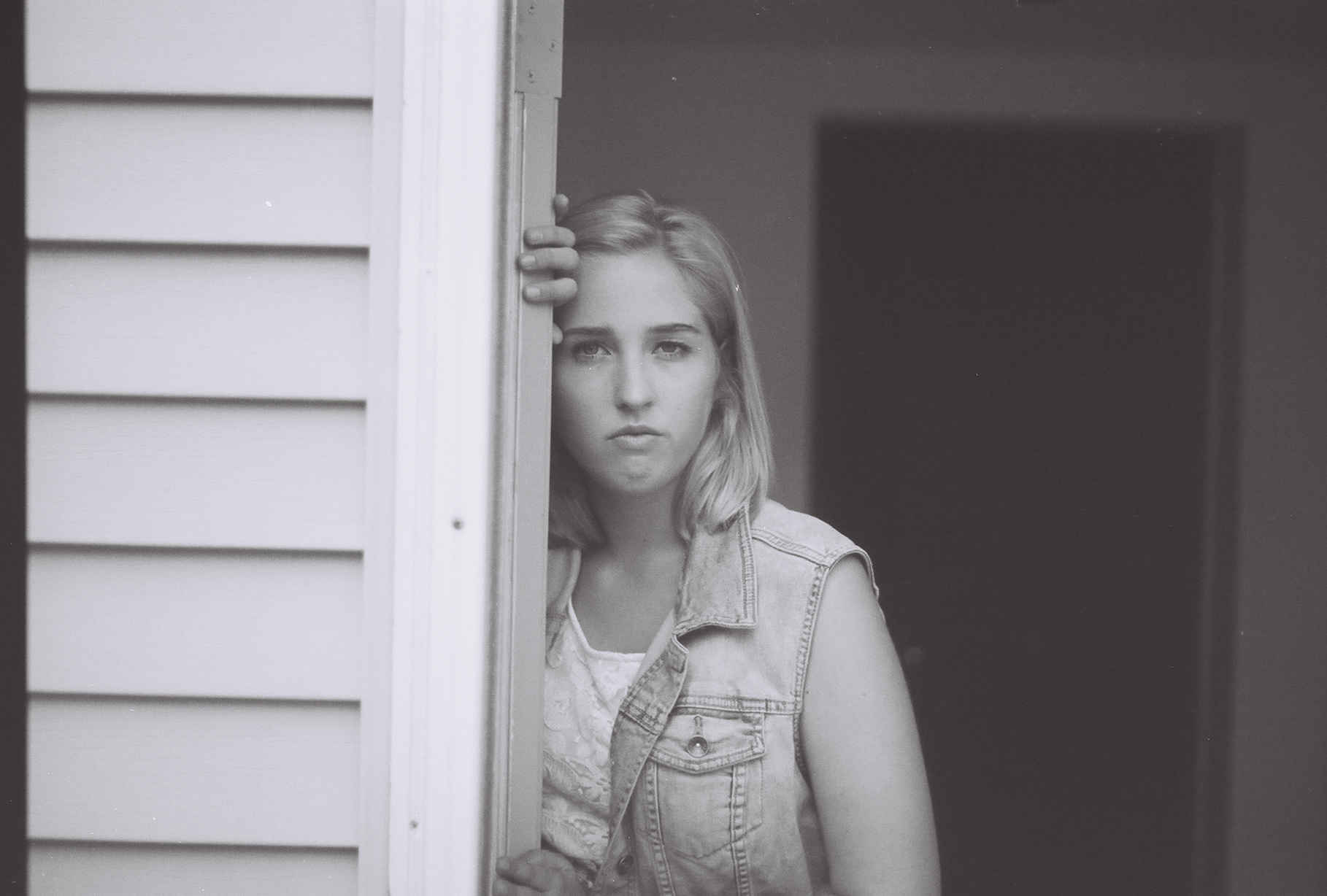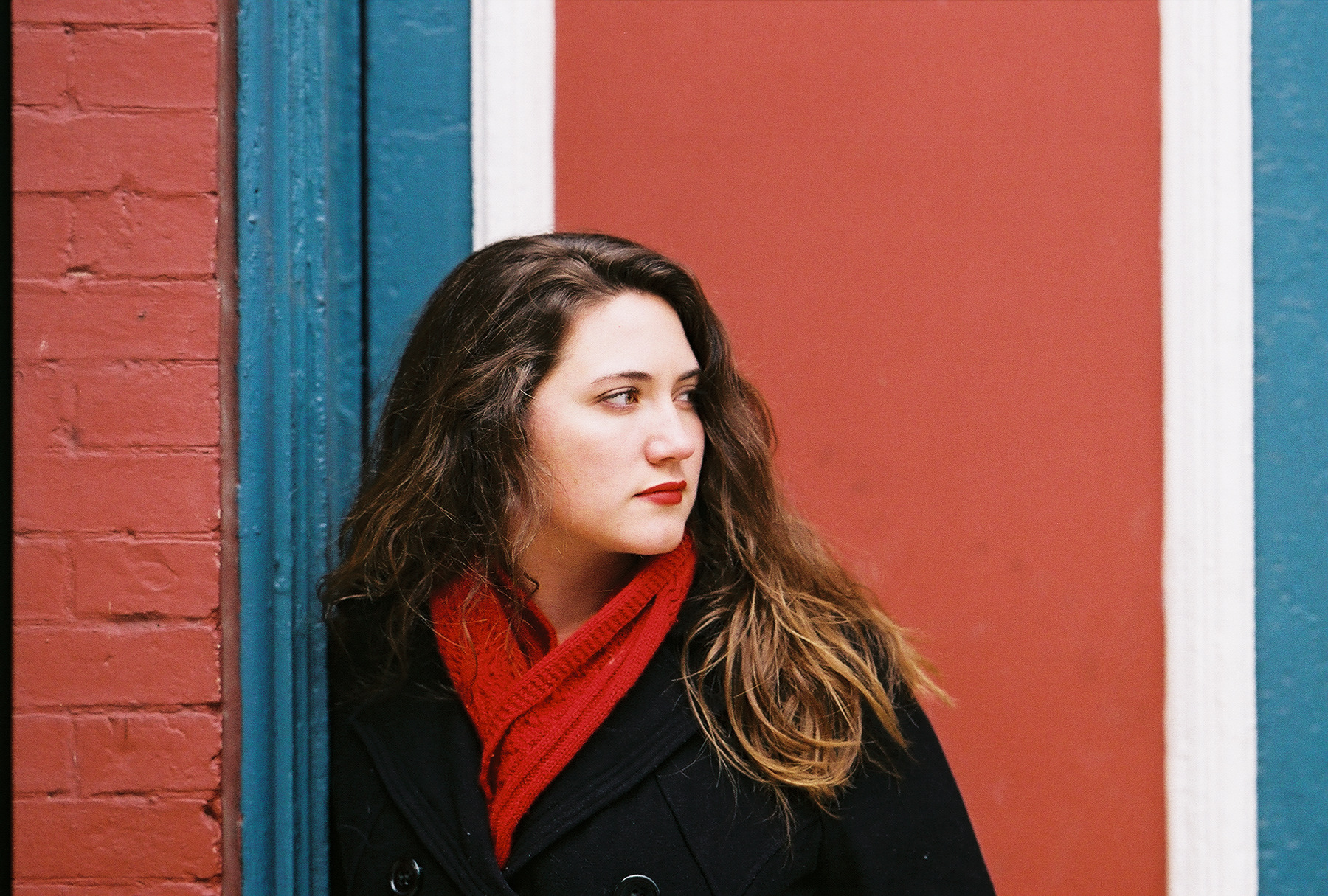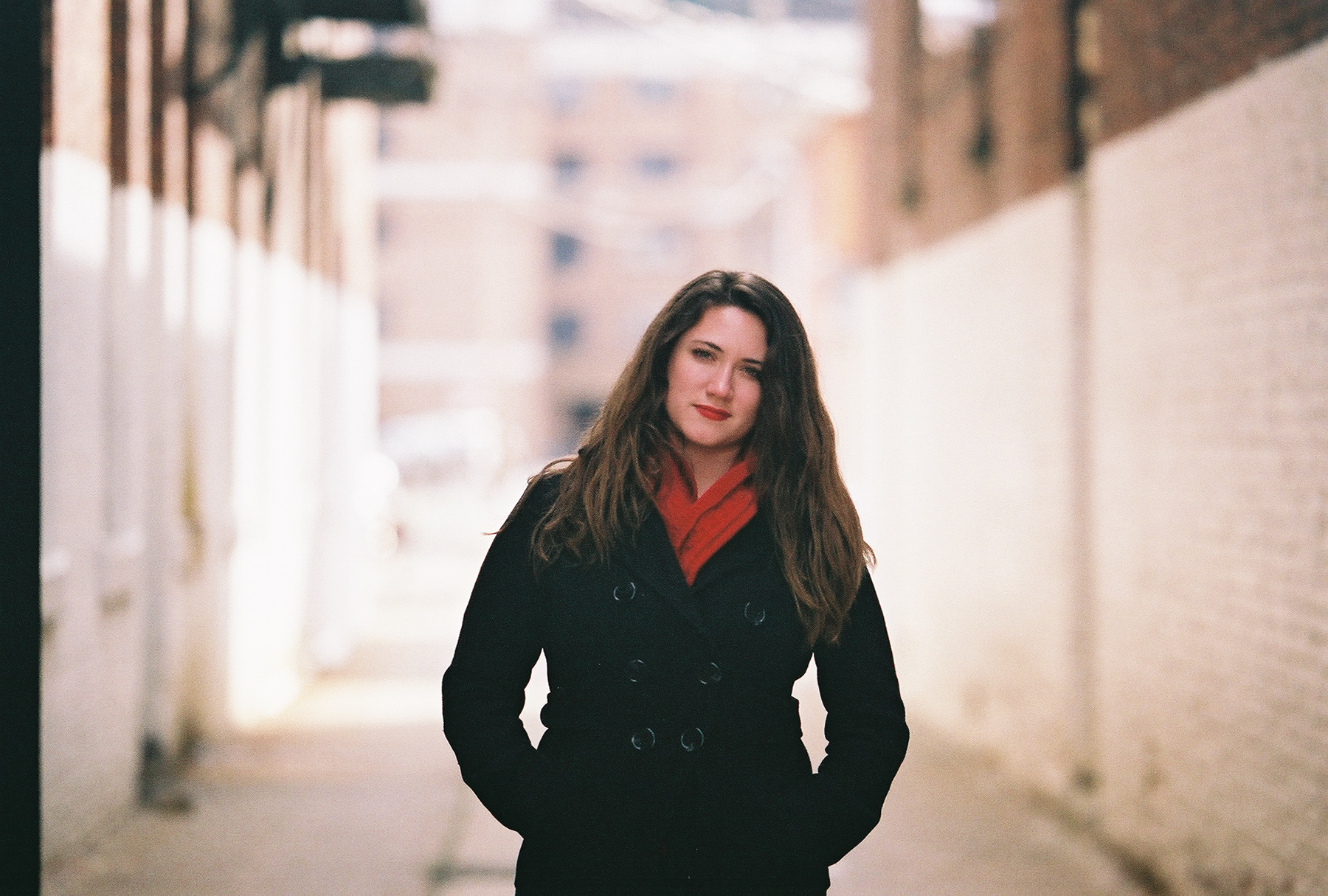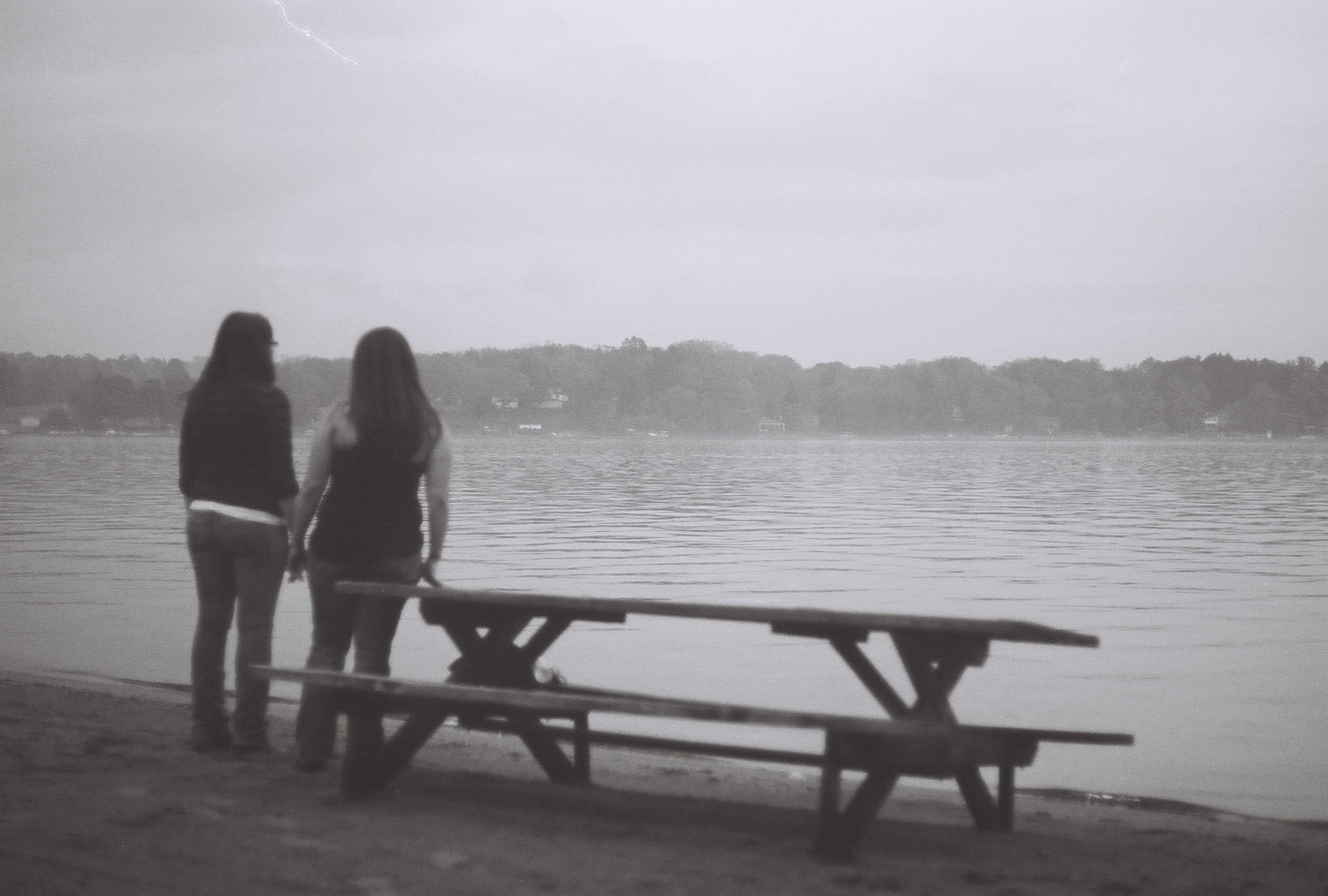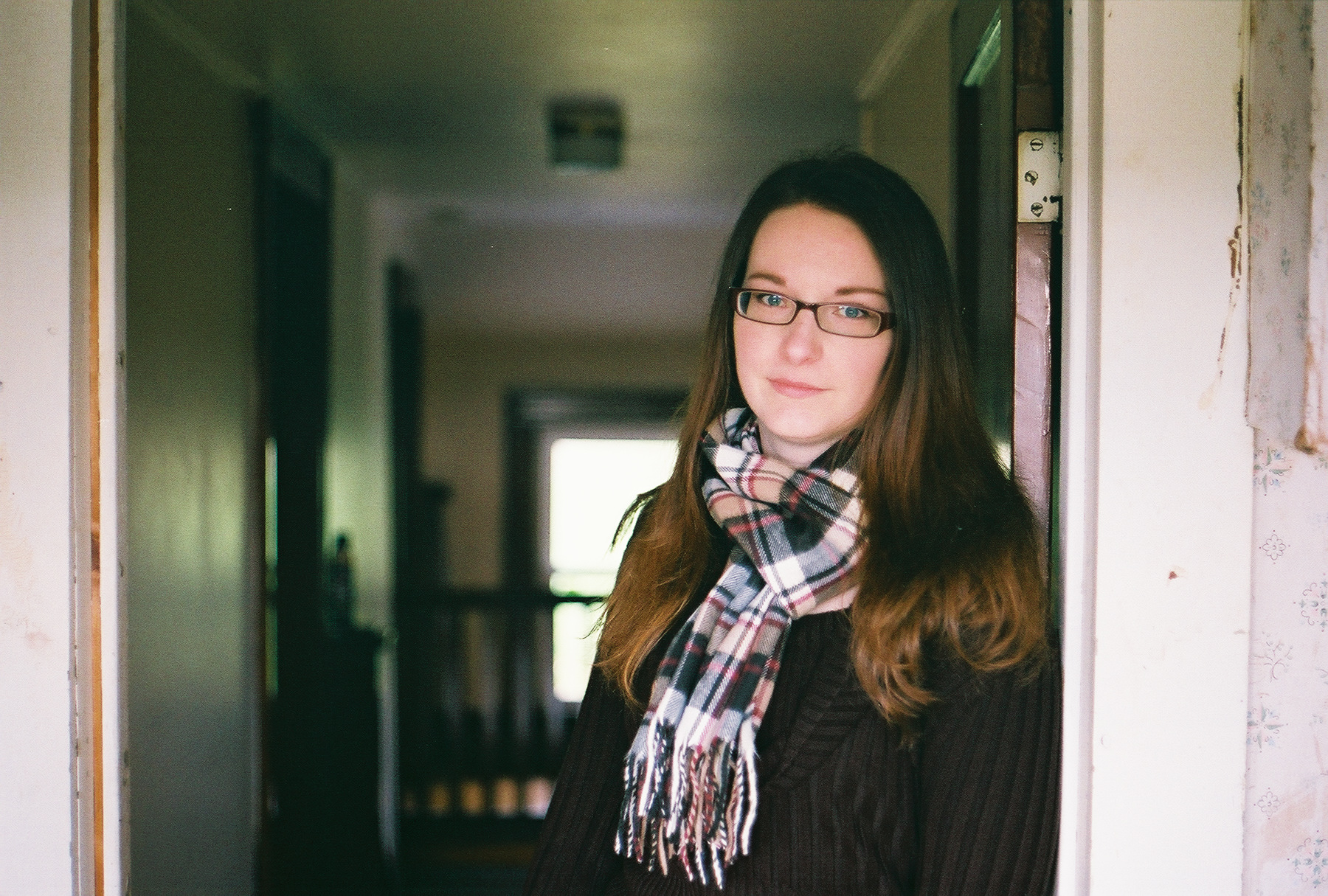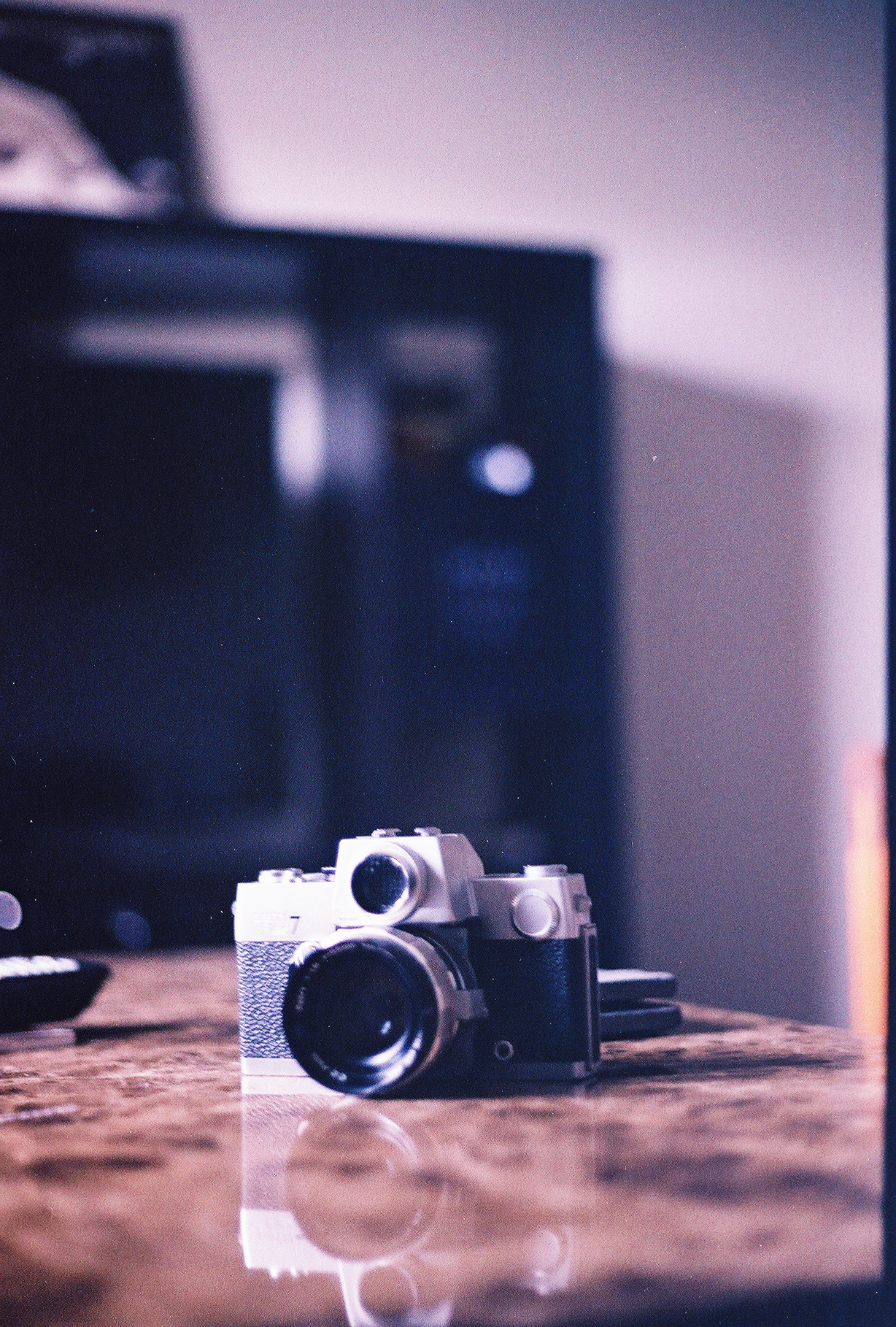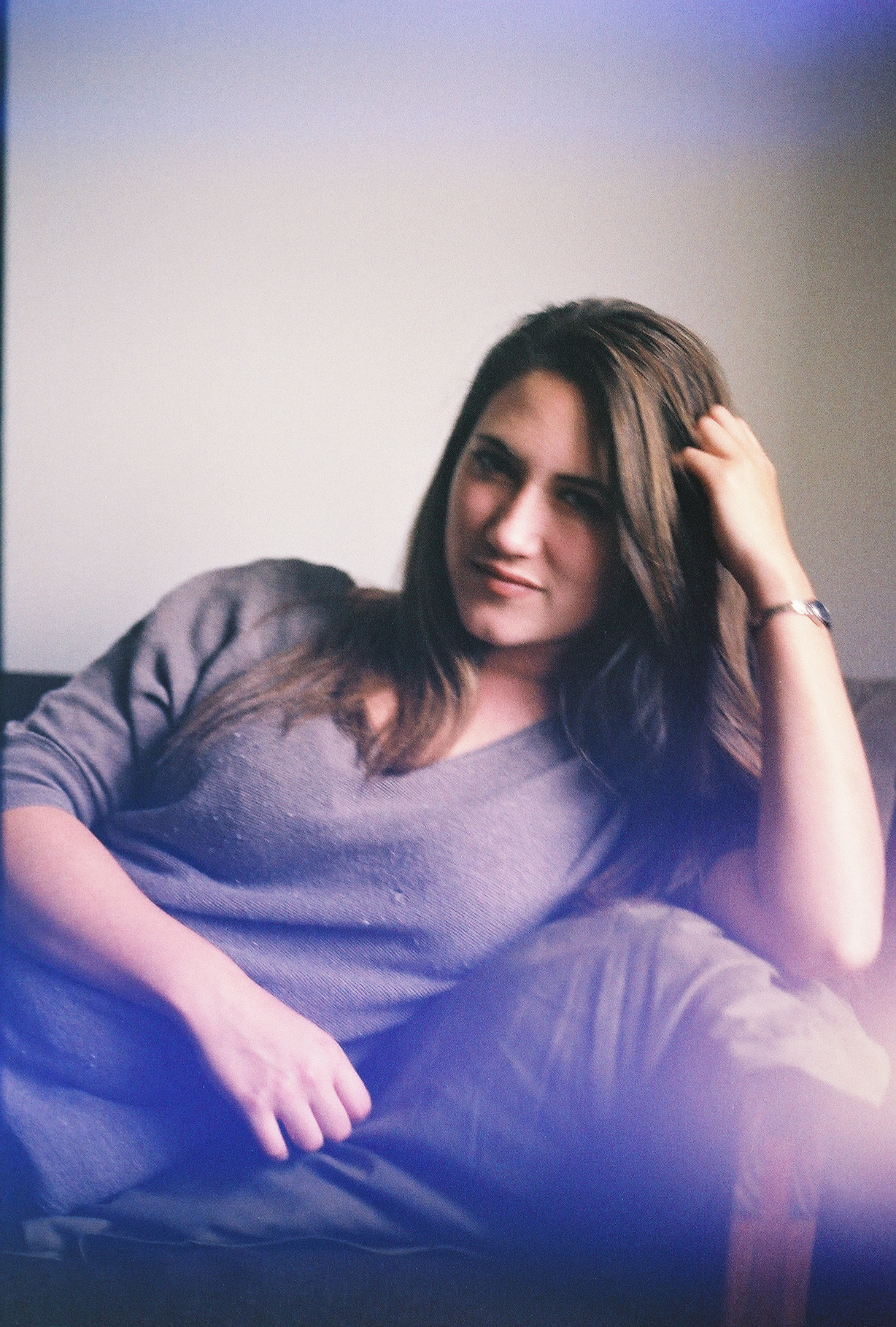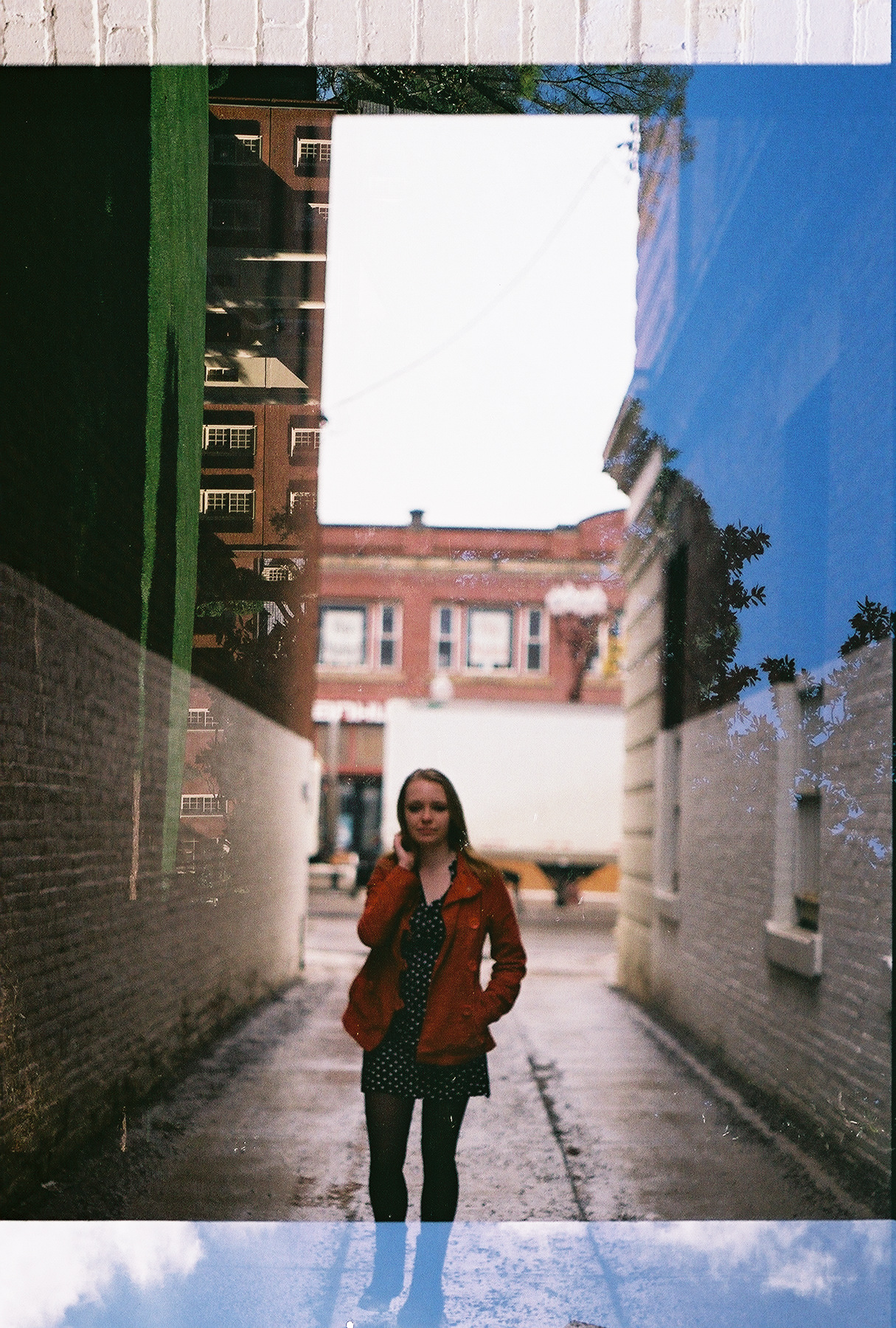Film Photography - Part II
Sometimes using 30 year old camera equipment isn’t as easy as just dropping in a double ‘A’ battery and running off to your first subject. Batteries today are distinctly different in materials than what cameras like the Electro 35 would use. In the 60s and 70s the Electro normally would use a 5.6v mercury battery. Mercury batteries, due to their inclusion of the dangerous chemical mercury, were banned in Europe in 1991 and in the United States in 1996. Many photographers used mercury batteries in their equipment due to their consistent voltage output and long shelf life. Luckily, modern day alkaline equivalents have been made to replace mercury batteries, such as the battery designated as APX32 which runs for about $9 and perfectly fits inside the Electro battery compartment. Batteries aren’t the only key ingredient to using film cameras though, the film is important too.
Film, second only to lenses, is the most important variable to how photos turn out. Kodak first developed film strips as they are used today in 1885. George Eastman, the founder of Kodak, called this film EASTMAN American Film. Fifty years later Kodak released the legendary Kodachrome, the first successful color film. Unfortunately after 74 years Kodak discontinued the film due to lack of demand. Today, only a handful of 35mm films are still available, mostly from Kodak, Fujifilm, and Ilford.
Despite the occasional difficulties of battery or film availability, film photography is still very accessible. Some websites like KEH.com focus entirely on the sales of used camera equipment, including a large collection of film cameras. Nikon and Leica still make new film cameras, like the Nikon F6 and Leica M9 rangefinder. For film, Fujifilm is still readily available at many drug stores and department stores, and is an affordable option for film newcomers. The experience really shines with used cameras though. Part of the excitement of film photography is uncovering the history of an old film camera you find in a thrift shop. Who used this kind of camera? When was it made? Where has it traveled? What story can you make with it? For example, researching the Nikon FM2 will reveal the story of what is probably the most famous portrait ever taken. Steve McCurry shot the famous National Geographic cover Afghan Girl with a Nikon FM2, and McCurry started his career sneaking into war zones in the middle east with film sewed into his clothing. Experiences like these can be revealed through the exploration of the cameras that lived through them.
Film Photography - Part III
Taking photos with film is an experience that shouldn’t be lost. It is comparable, yet completely different from its modern digital counterpart. Digital has an immediacy to it that is so in tune with today’s pace of see now, share now. Film also has an immediacy though, one that comes from the fleeting moment of a mirror flipping and a shutter mechanically clicking, a moment instantly captured. It’s an aesthetic that can only be compared to but not understood until it’s experienced. It is different from digital in that it forces a distance between the action and reward. There is no “chimping” with a film camera, where one immediately looks down at a screen to review their photo. Film requires patience, patience to finish the roll of film and patience to develop and print before results can be seen. The reward becomes not the immediate photo, but the action of creating the image itself.
Light Leaks
The results from film can be unexpected at times, especially when using older cameras who have had time to develop their own individual quirks. One common quirk is light leaking. Light leaks occur when parts of a camera’s light-tight seals degrade, and extra light spills onto the film either while it is being exposed or as it sits in the camera. It typically shows itself as a splash of color or bright spots on the photo, often in a consistent place. Today, some cameras are made with this effect in mind, and many try to digitally recreate it for artistic effect. The effect doesn’t feel quite as genuine as when it is naturally stumbled upon after trying out a first roll of film in an old film camera.
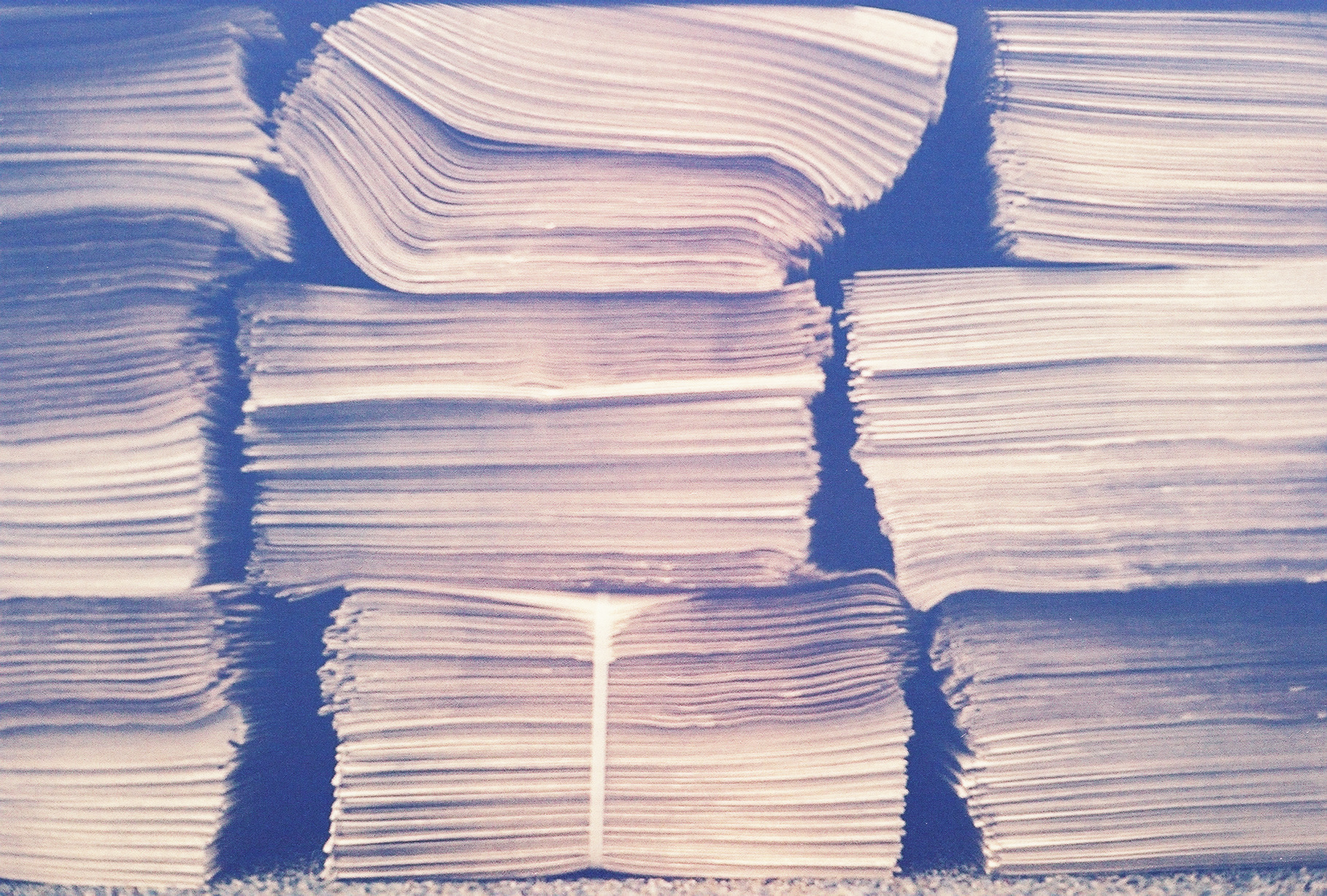

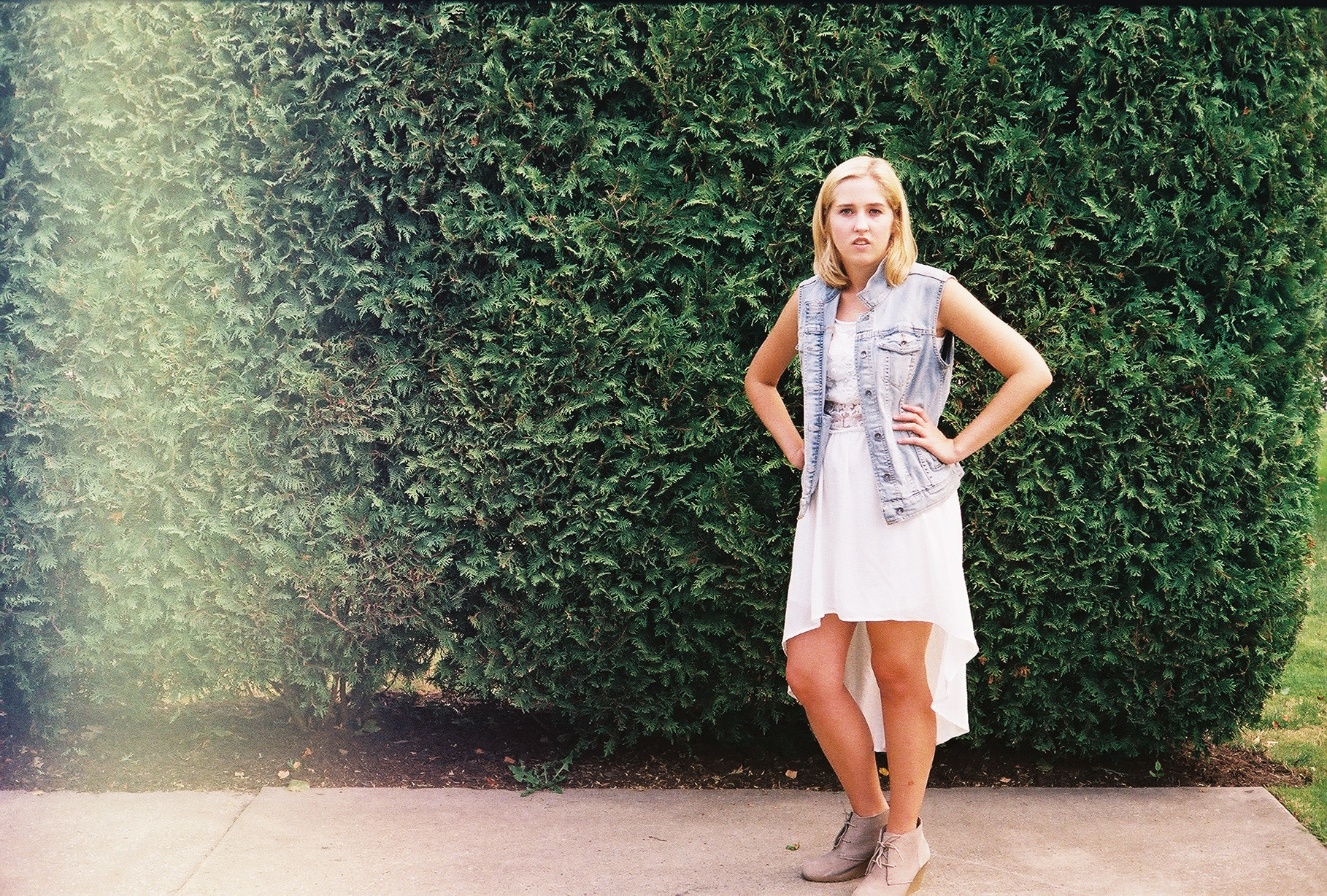


Double Exposure
Like light leaks, there can be beauty in the unintended effects of double exposure as well. Double exposure occurs when film is purposefully (or often accidentally) put through a camera twice. The dark, unexposed portions of the film then get filled in with the bright areas of the new photos exposed on the second pass. The results can be ugly, beautiful, or incredibly abstract. Digital can also mimic double exposure quite effectively, but the magic of the unknown result gets lost in digital’s precision. It used to be a common practice to shoot a roll of film, pass it along to a friend, and let them shoot with it again. The practice has been lost in a world of digital cell phone cameras, and is only common in small groups of avid film photographers.
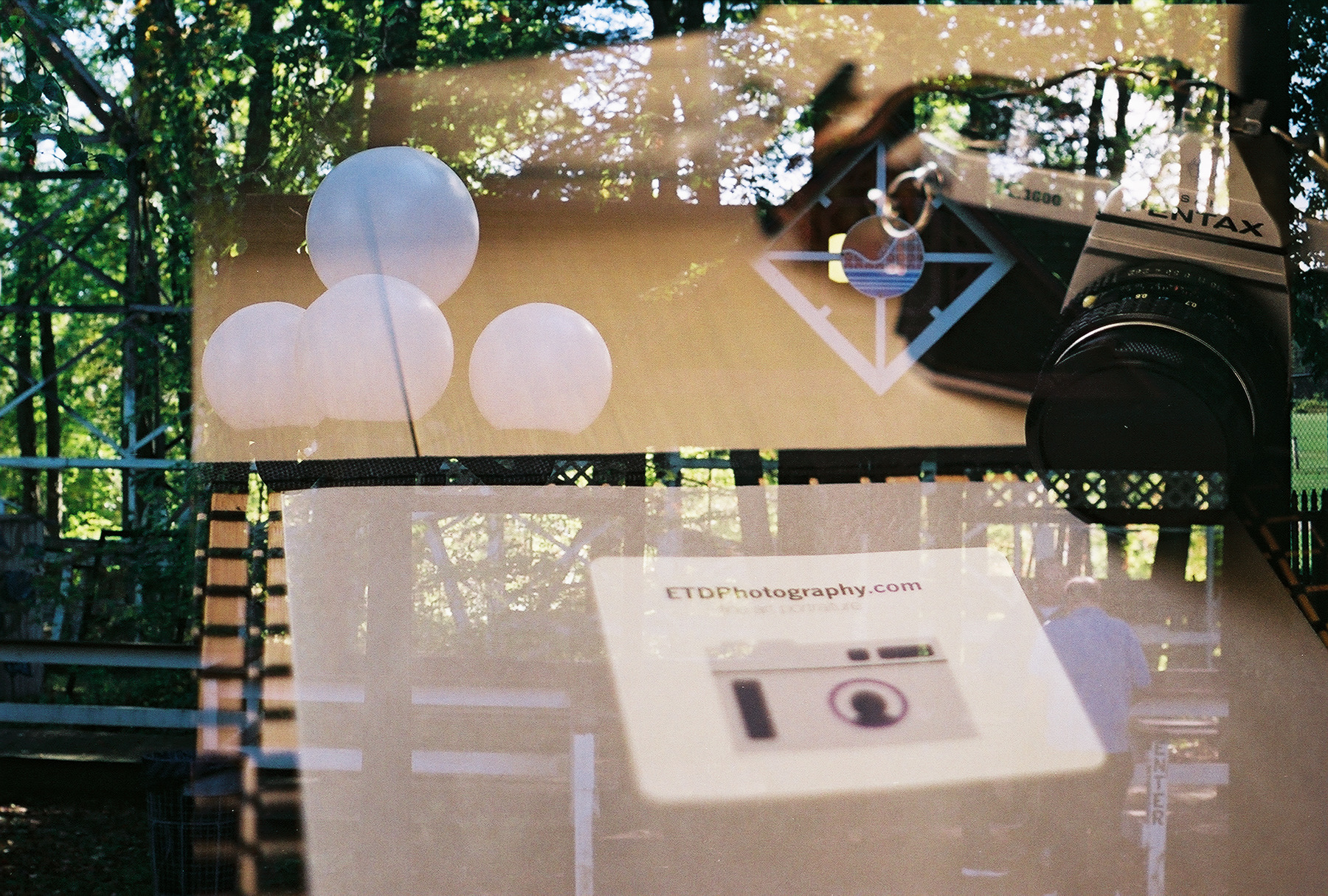
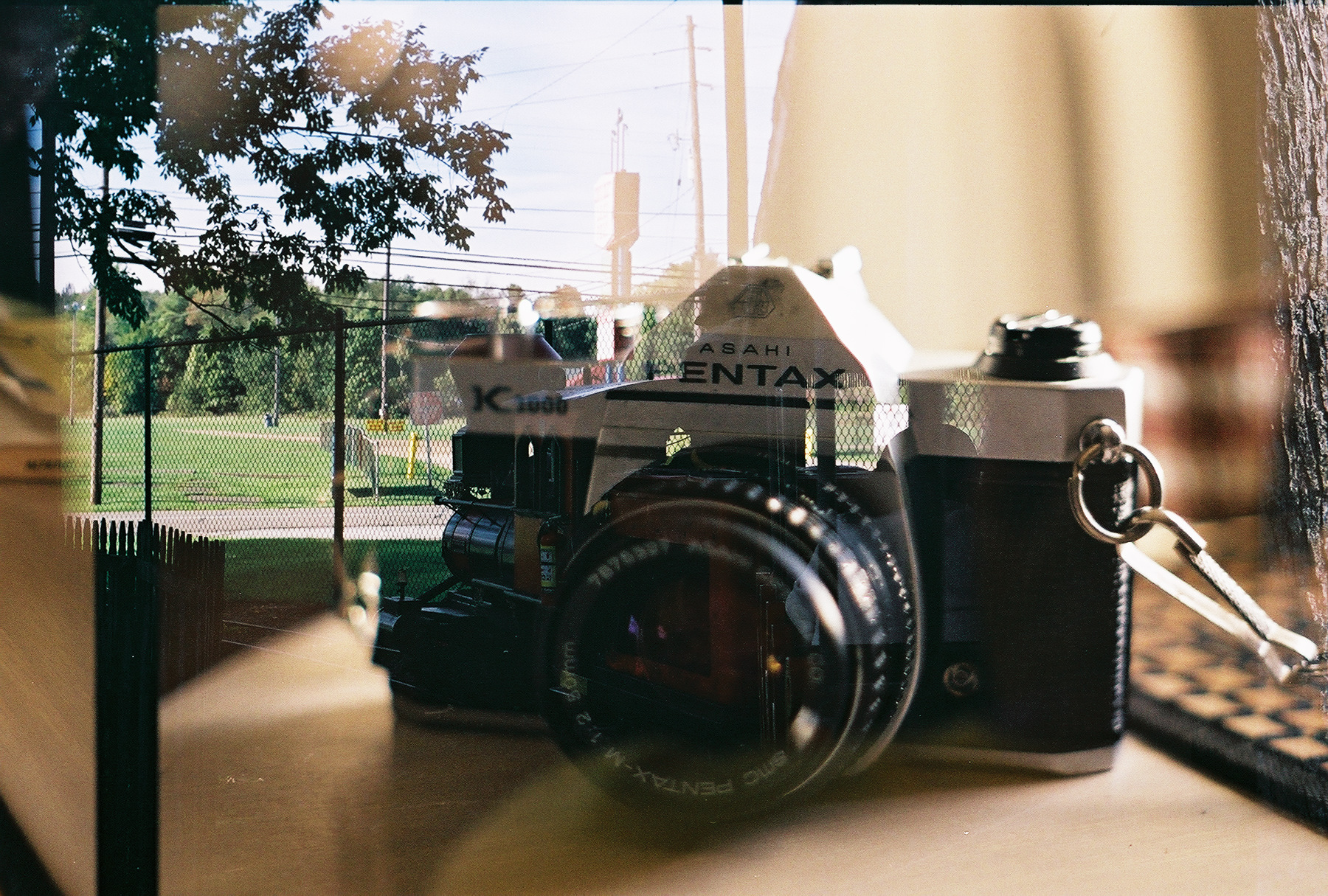


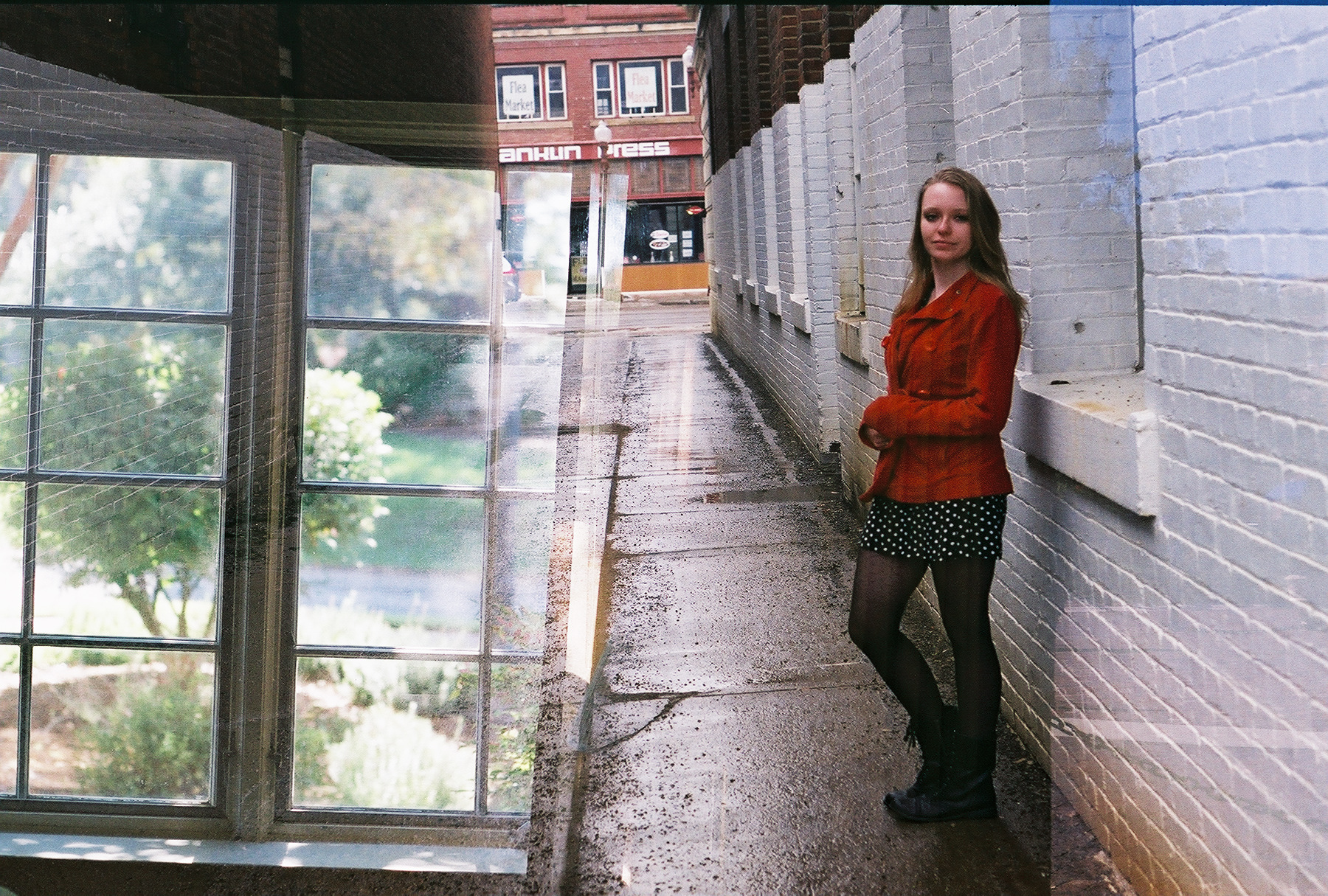
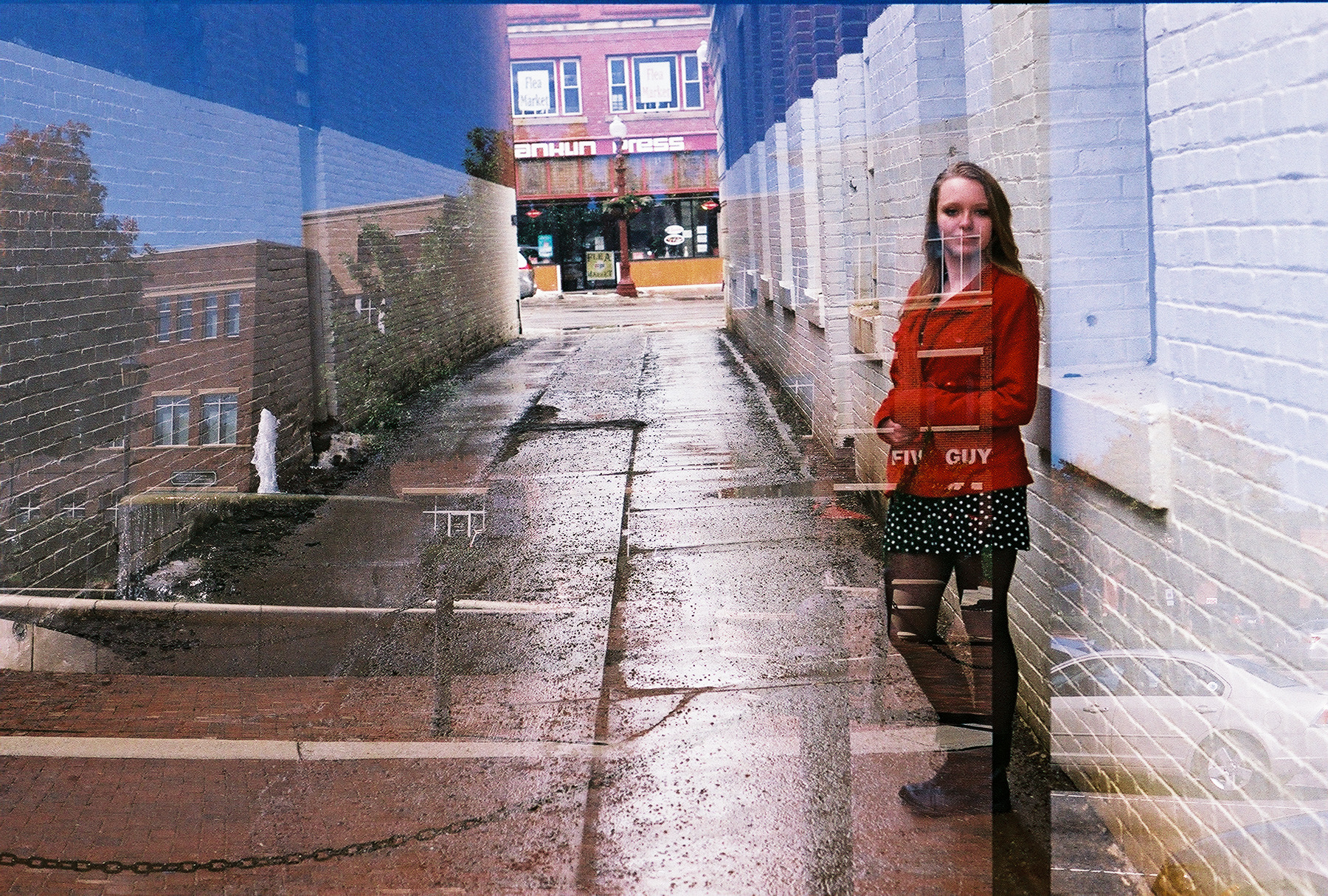
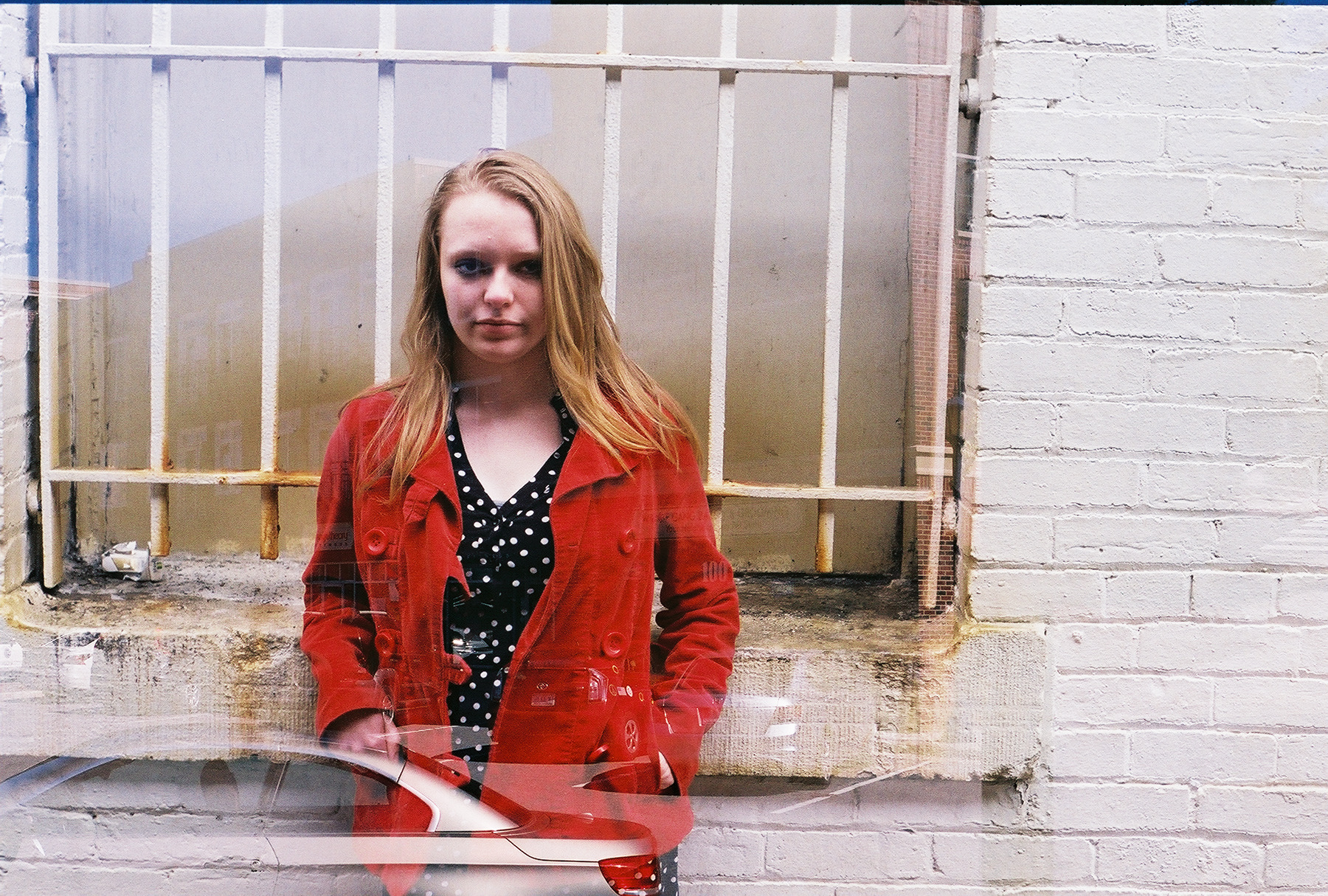
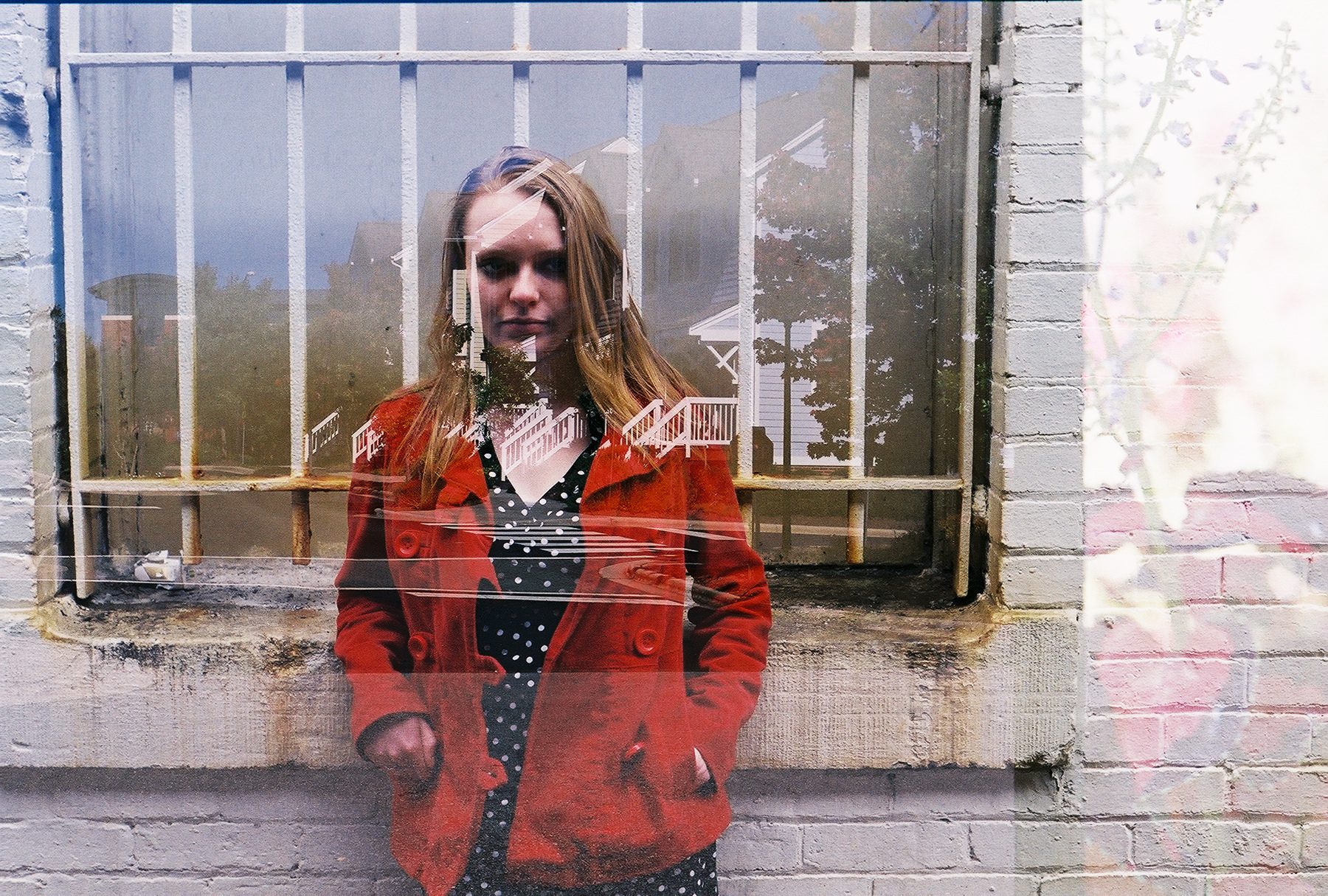

The biggest joy of film photography though is the visceral experience of driving to the store to pick up your developed prints or developing the film in your own darkroom. The only way to convey this experience is through describing my own. I spent a lot of time researching how to use film cameras and what would be a best bet to purchase. There was an overarching excitement of exploration and reveal that I can only recall also feeling while opening Christmas presents as a young child. From opening the shipping box of my first Yashica Electro to the opening of the white envelope from Van Tuil’s containing my first film prints. The excitement nearly brought me to tears. I want others to have that experience too. I want others to feel the hairs rise on their neck at the first shutter click. I want others to experiment and explore the chemistry, the physics, and the art of film photography.
I went into Van Tuil’s looking for information to include in this essay. One of the questions I asked was if film was declining over the past 5 years. The man behind the counter conferred with another who was developing prints in the back room for awhile. He came back to tell me that there was a period where film popularity dropped extremely low for awhile, but has since picked up a bit now that younger individuals like me are starting to get into film photography. This answer brought me a lot of hope that like the modern vinyl revolution, film photography will re-surge in popularity by people who can appreciate the analog nature of film while immersed in a digital society.
While cell phones and digital cameras may have the limelight of photography today, film still has its place. Photos did not replace paintings, film did not replace plays, and digital photography will not replace film photography. Film photography is still accessible today, and digital can be a wonderful bridge into the world of darkrooms, film negatives, and physical prints. While cell phones can share snapshots on social media, there will always be room to take a step back and enjoy the visceral experience of creating a film exposure.
